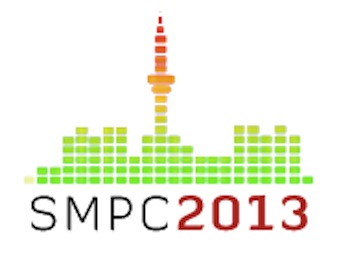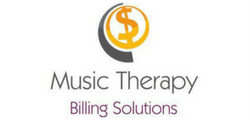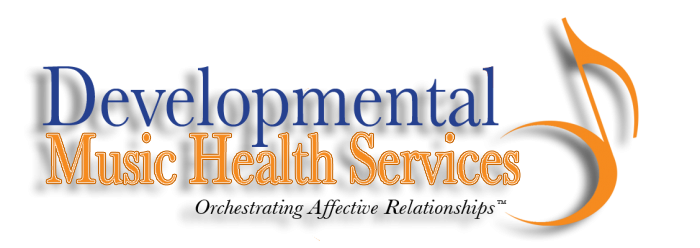I have recently returned from the 2013 meeting of the Society for Music Perception and Cognition (SMPC), which was held at Ryerson University in Toronto, Canada. On the first leg of my return trip, I was asked by the gentleman sitting next to me to share the “one big thing” I learned at this conference.
Rewind now to a couple hours earlier when music neuroscientist and author Daniel Levitin gave a free public lecture at the close of the meeting. One of his slides was titled: “Musical expertise is not one thing.”
That’s my answer—there was “not one thing” that I took in from this conference. Instead, there was a list of things . . .
Connecting and Networking
The connections and networking that occurs at a conference is by far the most valuable part about investing in conference in the first place. You can read what others write and watch their lectures on YouTube, but you can’t top the emotional impact of face-to-face meetings and shared experiences.
For example, I had the pleasure of meeting Julian O’Kelly, a fellow PhD student from the UK who is exploring role of music therapy in the assessment and rehabilitation of those with Disorders of Consciousness (DOC). In addition, though I had met her years earlier, I was able to get to know Julian’s mentor, music therapy professor and researcher extraordinaire Dr. Wendy Magee. The work they are doing developing music therapy assessment tools and exploring the role of music in the treatment of those with DOC is quite inspiring and thought-provoking (you can read a nice little summary of their research here).
Connections were also made outside of the music therapy field . . . which makes sense given that this was a conference for researchers and practitioners in music perception and cognition. They seemed to primarily include basic science researchers, like Dr. Michael Schutz of McMaster University, who gave a fascinating talk on the importance of a sound’s amplitude envelope when studying music perception (learn more about his cleverly-named lab here).
There were also music educators present—like Dr. Steven Demorest from the University of Washington, who shared his research on pitch accuracy in kindergarteners and adults—as well as the “greats” in the field (at least in my humble opinion). Greats like Dr. David Huron, who shared what he has learned exploring the psychological significance of scales and modes, and Dr. Carol Lynne Krumhansl, the invited keynote speaker who opened up about how her understanding of her previous research interpretations is now undergoing a shift.
Learning
Hand in hand with making new connections is learning from those connections you make. Here’s what I found intriguing about this conference: even though there was little that directly referenced music therapy, every presentation I attended was applicable in that I could translate that knowledge to music therapy research and clinical practice. For example, Celine Marie’s research on the origin of high voice superiority in music? Turns out that preference for high voices is evident around 3 months of age, which provides important pitch-related information when working with young children. And the research coming out of Frank Russo’s lab exploring the connection between motor mimicry and empathy that’s mediated by the mirror neuron system? That may be another branch I can explore down the road as it relates to emotion regulation.
Sharing Ideas
Sharing your ideas goes along with learning new ones. I was fortunate enough to have a poster accepted at this conference as well as a presentation in one of the music therapy symposium tracts. Although I didn’t know it at the time, most of the research that was presented was research that had been completed or at least was in the middle of the analysis process. Not mine. My presentation highlighted the earlier stage of research inquiry on creating a conceptual framework.
However, even though this presentation may not have “fit the mold” (and even though I was, I’ll admit, a bit nervous about sharing it), it was a positive experience. I hope, too, that it helped highlight how the basic music perception and cognition research can inform and help provide a foundation for music therapy research and clinical practice.
Building Bridges
Finally, it’s both a challenge and a joy that the music therapy profession—like musical expertise and the SMPC experience—is not just “one thing,” but is itself comprised of multiple components. Music therapy, psychology, science, philosophy, clinical skills, research, music theory, perception and cognition, music performance, special needs . . . the list goes on.
As such, this year’s SMPC conference helped highlight to me how important it is to share our work in other areas. To do our part to help communicate and bridge the divide between music therapy and related fields. Of course, it’s important to support the music therapy field by publishing in our journals and attending our conferences. But our field is relatively small. And unless someone is particularly interested in it and makes the investment to be active in our journals and conferences, it’s part of our professional responsibility to reach out and do our part as a bridge-builder.



 orcid.org/0000-0001-8665-1493
orcid.org/0000-0001-8665-1493






{ 0 comments… add one now }
You must log in to post a comment.